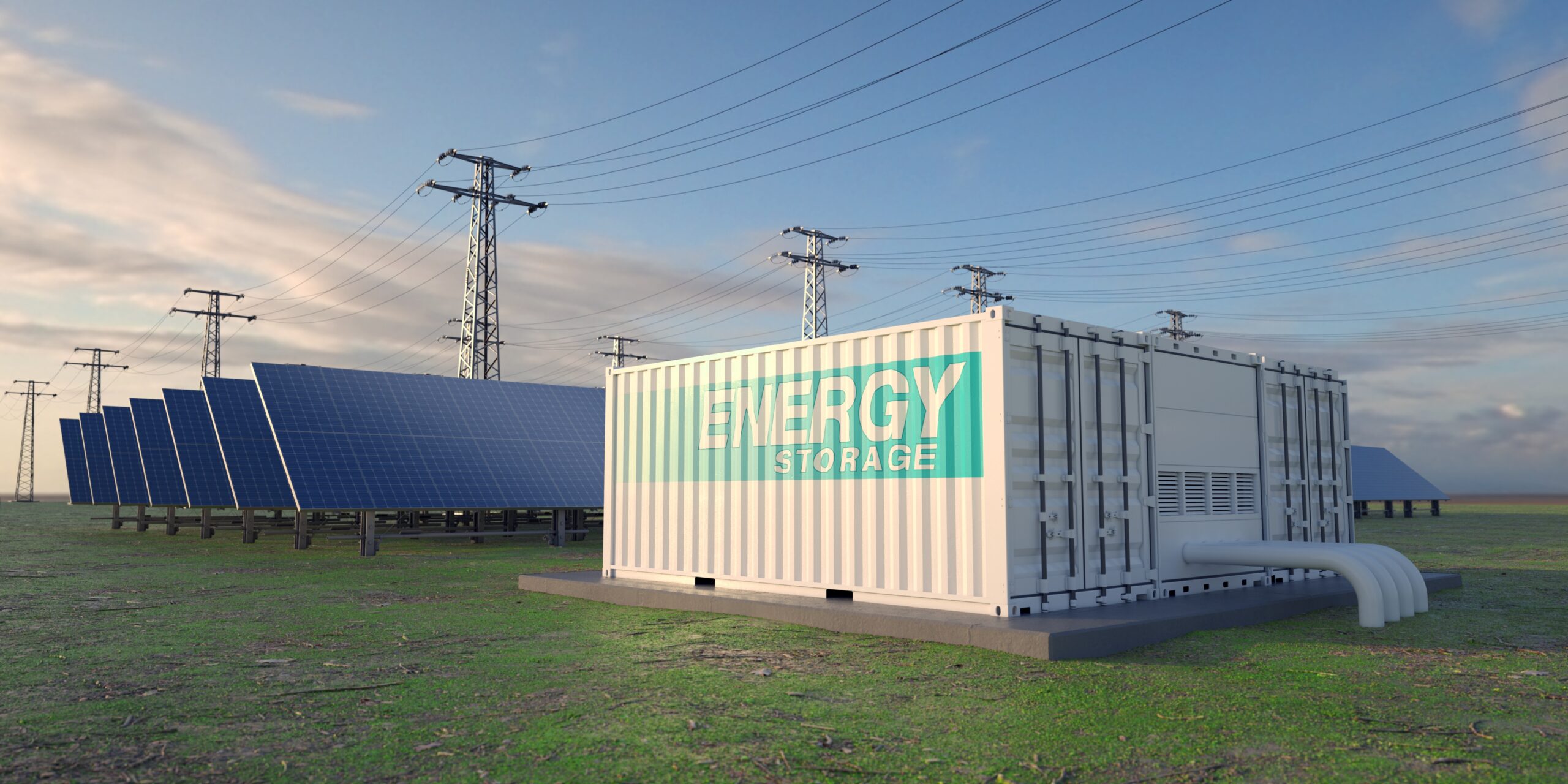Part II
In this two-part New Energy Expert Insights series, we sat down with Marija Petkovic, founder and Managing Director of Energy Synapse to discuss the challenges and opportunities of incorporating Battery Energy Storage Systems (BESS) in renewable energy projects.
Marija is one of the nation’s leading energy analysts and her advice is often sought by government and major public and private actors in the energy sector. Energy Synapse is an Australian analytics and advisory firm specialising in wholesale electricity markets, renewable energy, energy storage and demand response.
In our previous New Energy Quarterly on “The Rise of Dispatchable Renewables” (read here), we examined how the incorporation of BESS in renewables projects is changing the Australian energy market. While advising clients we often see two issues complicating BESS developments, namely revenue calculation and regulatory and other market barriers.
In Part I, we gained Marija’s insights into the ‘stacking’ of BESS revenues and in this Part II, we discuss the barriers to BESS deployment.
What do you see as the biggest economic and legislative barriers for the successful deployment of BESS in the NEM?
The barriers for the successful deployment of BESS in the NEM are due to a range of factors.
First, all power projects in the NEM have been plagued with grid connection issues. There is a critical need to streamline this process to make sure we can deploy the vast quantities of renewables and storage that will be required to not only replace coal but also serve the growing demand for renewables that will come from electrification and large-scale green hydrogen production.
Batteries are an incredibly exciting and unique asset in the grid. However, one of the key challenges for their business case currently is that while batteries can provide many services, many of these are not currently priced by the market (for example, grid services). We will need ongoing market reform to make sure BESS projects are appropriately compensated for the value they bring to the grid.
Related to this is the need to recognise that batteries operate under a very different business model to thermal and renewable generators. They are very much in a class of their own. There is a strong need to educate the investment community and provide them with data and insights so they can understand the unique opportunities and risk profile of BESS projects.
Lastly, there is a need to remove costly and unnecessary barriers such as poorly structured network charges that are being imposed by some network providers.

What in your experience are the main issues BESS projects face in obtaining finance?
The value stack for BESS is currently driven by FCAS opportunities and will likely continue to be driven by a range of broader ancillary services in the future. This makes BESS an incredibly unique asset class in the market. Ancillary services have played a very small role in the business case for traditional generators and have no real role in the business case of wind and solar generators. As a result, when it comes to BESS, financiers are having to get their heads around revenue streams that work very differently and which can often be incredibly complex. Furthermore, there are limited opportunities to hedge ancillary services. The lack of understanding around the opportunities for ancillary services combined with the lack of hedging mechanisms has meant that many financiers have been hesitant to finance BESS.
We believe there is an important role for data to help financiers better assess the risks and opportunities for BESS, so they can more confidently allocate capital to these projects. Our team has developed a software tool called the Energy Synapse Platform, which is helping with this.
If you are interested in finding out more about revenues for BESS, please read here.
There is a lot of discussion around network charges for BESS, which has a direct impact on battery development projects. What have you seen from your work on these types of projects?
When we model the business case for BESS projects, we also model the impact of proposed charges from the network provider. Unfortunately, we have seen several projects where the network tariff structure has essentially killed the viability of the BESS. We have found max demand charges to be particularly problematic.
We firmly believe there should be no network charges imposed on batteries in situations where the battery has been dispatched to provide a grid service or where it is acting as a solar sponge.
Under typical operating conditions, we see very little rationale for batteries to be incurring any network charges.
Hamilton Locke strongly supports Marija’s view that BESS projects should not be liable for any network charges. It is our view that the opportunity that BESS brings to the market should be rewarded rather than punished by network costs.
The Hamilton Locke team advises across the energy project life cycle – from project development, grid connection, financing, and construction, including the buying and selling of development and operating projects. For more information, please contact Matt Baumgurtel.